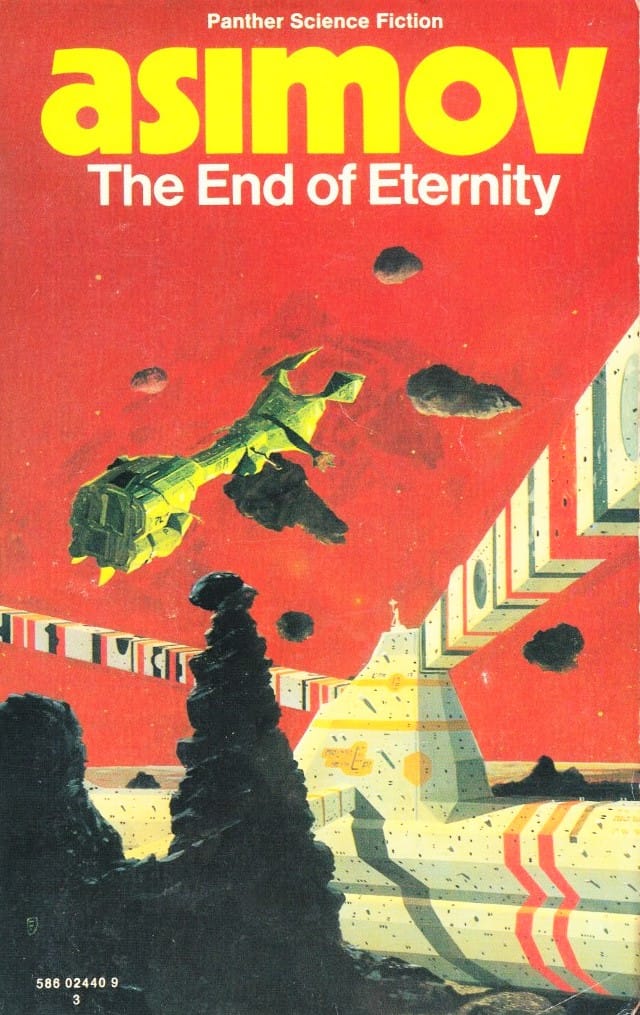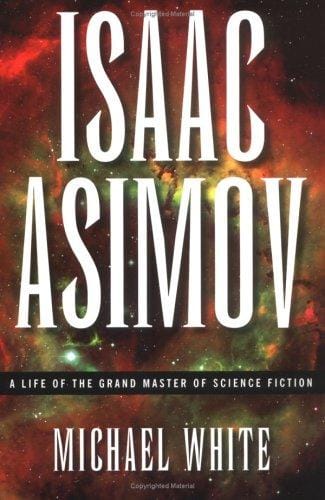The End of Eternity: Asimov’s Time-Travel Classic Revisited
An 800-word deep dive into Isaac Asimov’s The End of Eternity, covering plot, themes, influence, and reasons this time-travel classic still feels visionary.

Introduction
First published in 1955, Isaac Asimov’s The End of Eternity is often called his finest standalone novel. In fewer than 200 pages it blends hard science, social critique, and a tense romance into a puzzle about the shape of history. This spoiler-light article surveys the plot, themes, and lasting influence of the book so you can decide whether this mid-century gem deserves a top spot on your reading list.
Plot Overview
The Premise
Set in the 95th century, the novel follows Andrew Harlan, a technician in Eternity, a timeless nexus hovering between centuries. Eternals monitor human history from the 27th to the 70,000th century, making surgical “Reality Changes” that erase wars, plagues, and market crashes before they occur. To ordinary people these edits are invisible, but to the men who perform them they are sacred duty, executed with slide-rule precision and absolute secrecy.
Temporal Engineers and Rebellion
Harlan’s orderly existence unravels when he falls in love with Noÿs Lambent, a woman from a century slated for alteration. Saving her would break every protocol, so he begins to doubt whether Eternity’s paternalistic mission truly serves humanity or merely mummifies it. His attempt to outwit his superiors sparks a paradox that could erase the very institution he has sworn to uphold.
Major Themes
The Ethics of Time Travel
Asimov treats time travel not as spectacle but as an ethical minefield. Each Reality Change is run through statistical models that promise to maximise aggregate happiness. Yet the models dismiss creative peaks, technological leaps, and messy passions—the raw material of progress. The novel forces us to ask: if we could file down every catastrophe, would we also blunt the triumphs that adversity provokes? The question feels freshly relevant in an age managed by algorithms and risk dashboards.
Free Will Versus Determinism
Sitting alongside classic debates on predestination, the book dramatizes the clash between systemic control and individual agency. Harlan’s decision to protect Noÿs is a random variable the calculators never considered, illustrating that one act of courage—or obsession—can reboot an entire future. The narrative ultimately suggests that progress demands uncertainty; a living society must accept the gamble of failure if it hopes to achieve greatness.
Asimov’s Narrative Craft
Despite his reputation for idea-driven fiction, Asimov delivers tight characterization and noir-style tension here. Clues are meted out with mathematical economy; every corridor number, forbidden memo, or casual remark locks into place during a finale that readers still praise as one of the genre’s best twists. The prose may be spartan, but the structure is elegant enough to study in a writing workshop.
Legacy and Influence
The End of Eternity prefigures tropes later popularized by Doctor Who, Star Trek’s Temporal Prime Directive, and Marvel’s Time Variance Authority. Authors such as Connie Willis and Charles Stross have cited it as a blueprint for marrying intimate emotion to grand temporal mechanics. Even today’s debates about “safe” AI development echo Asimov’s warning against excessive risk aversion.
Cultural Context
Written during the early Cold War, the novel mirrors contemporary fears that a handful of experts could freeze geopolitics through Mutually Assured Control. Asimov channels those anxieties into speculative form, turning nuclear brinkmanship into temporal manipulation. Reading it now illuminates how mid-century optimism coexisted with dread—an insight that deepens our understanding of both the era and the author.
Why You Should Read It Now
At a moment when predictive algorithms govern everything from shopping to sentencing, Asimov’s cautionary tale feels current. The novel reads quickly yet lingers, offering fodder for book clubs, ethics panels, and fans of twisty thrillers alike. If you crave science fiction that challenges as much as it entertains, this is required reading.
Conclusion
Nearly seventy years on, The End of Eternity still compels because it argues that humanity thrives on uncertainty. By the closing pages the reader realises that safeguarding tomorrow may demand letting go of the impulse to control it. That paradox, delivered through a lean and riveting story, secures the novel’s place in the science-fiction canon.



